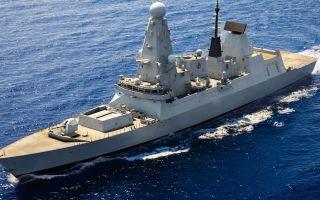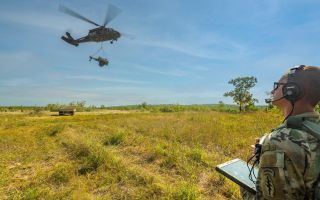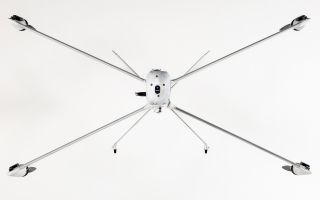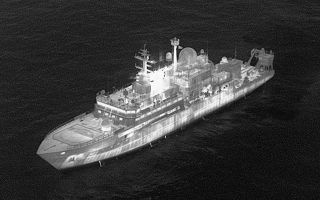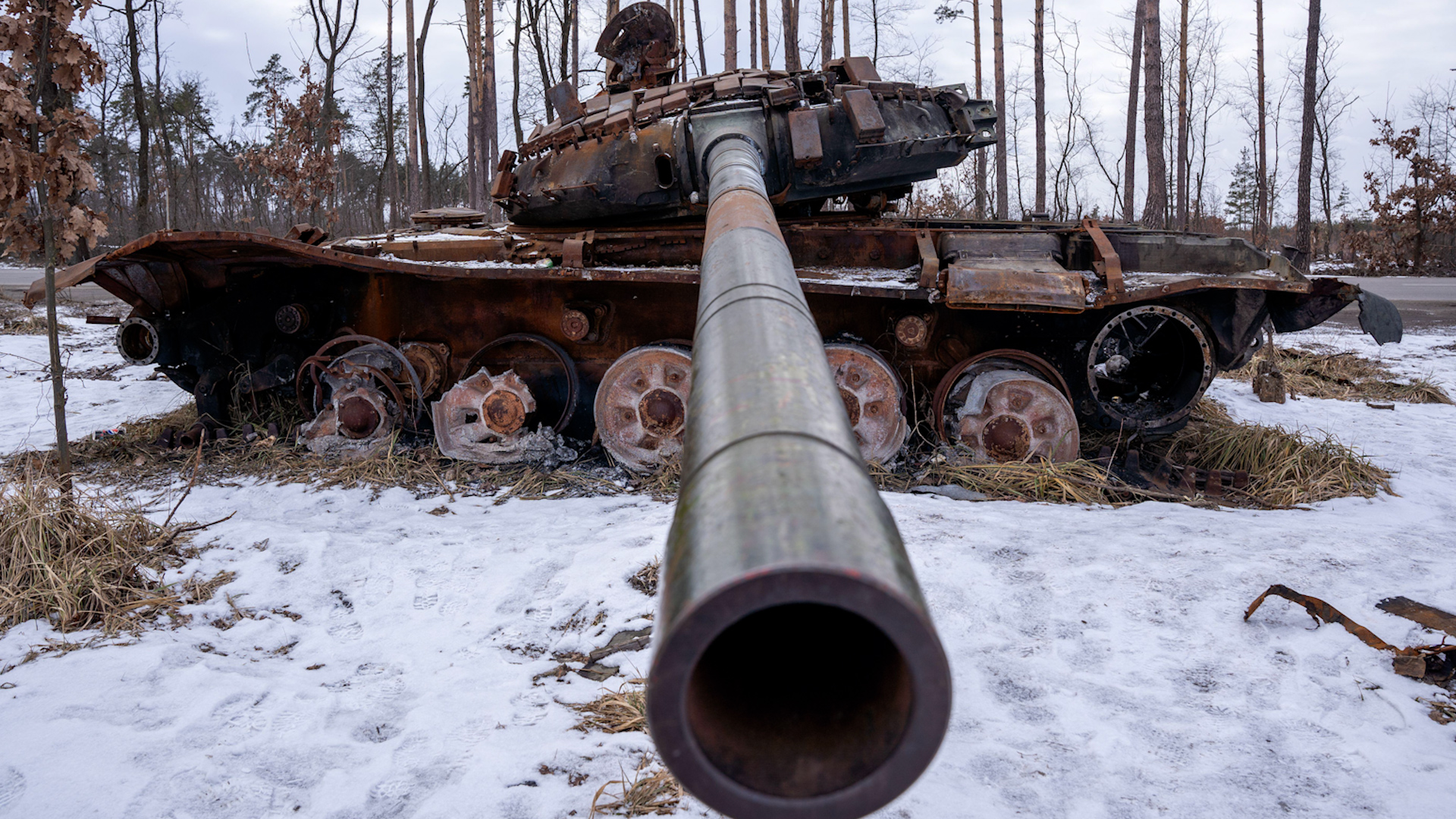
Russia trading quality for quantity in its replenishment as tank losses exceed 3,000

More than 3,000 Russian main battle tanks have been destroyed in Ukraine with Moscow using stored kit to replace losses, according to a new study by the International Institute for Strategic Studies (IISS).
The IISS, an authority on global security, political risk and military conflict, said Russia had "lost around as many as it had" in its active inventory at the time of launching its full-scale invasion in February 2022.
The IISS's annual Military Balance report said Russia was now trading quality for quantity in its replenishment efforts, whereas Ukraine, which has also suffered heavy losses, can maintain inventories while upgrading quality through Western military donations.
According to the report, even after the loss of so many tanks – including an estimated 1,120 in the past year – Russia still has about twice as many available for combat as Ukraine.
The report therefore poses the question, following Russia's losses over the past 24 months, how long can Moscow sustain this rate of attrition of its armour?
Henry Boyd, the institute's senior fellow for military capability, said Russia had been roughly "breaking even" in terms of replacements, and estimated that it had put up to 1,500 more tanks into service in the past year.
But he pointed out that 200 at most were newly built, with the vast majority being refurbished older models.
"Moscow has been able to trade quality for quantity... by pulling thousands of older tanks out of storage at a rate that may, at times, have reached 90 tanks per month," said the report.
Russia has been bringing reserve tanks out of storage to keep the war machine running, reconditioning them and then sending them to the frontline.
Ben Barry, a land warfare expert at the IISS, told Forces News this process has been working at around 100 tanks per month.
"The equipment that Russia has taken out of these warehouses is at least a generation behind the frontline equipment that they started the war with," he said.
T-90 tanks that are destroyed are likely to be replaced by T-72s from the 1970s or T-62s from the 1960s.
But Mr Barry emphasised that despite their age "it doesn't mean that they're not useful".
Replenishment systems
The defence industries of both Russia and Ukraine have been targeted to halt progress in their replenishment systems.
Mr Barry said Ukraine was benefiting from more capable equipment donated by the West, but that the scale of these packages had fallen short of what the country had asked for.
Ukraine still relies on Russian artillery rather than Nato models, as there is not enough suitable ammunition, he said.
Russia, meanwhile, has been drawing on state-owned defence industries in Iran and North Korea – both of which are capable of rapid action when called upon.
According to the IISS 2024 report, Russia's stored inventories mean Moscow could potentially sustain around three more years of heavy losses and replenish tanks from stocks, even if at lower-technical standard, irrespective of its ability to produce new equipment.
The report adds: "It is our assessment, therefore, that Russia will be able to sustain its assault on Ukraine at current attrition rates for another two to three years, and maybe even longer."


